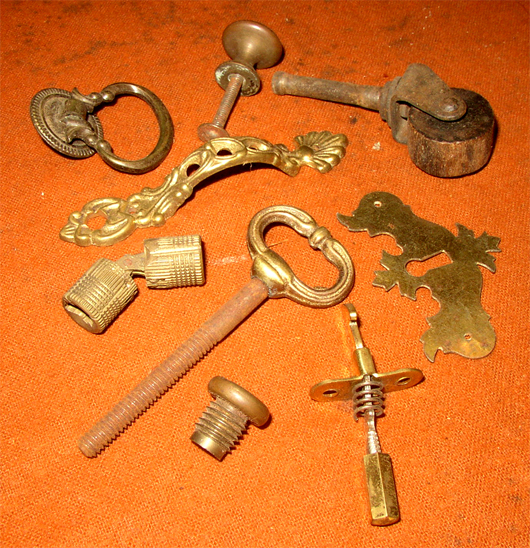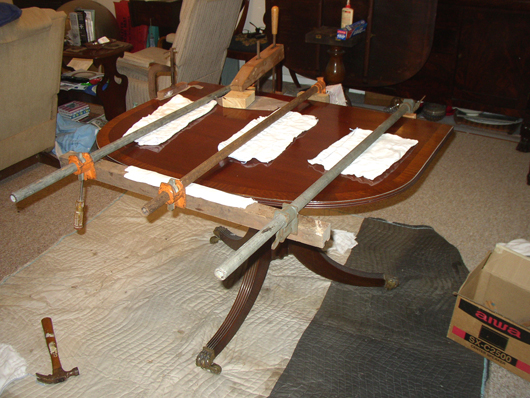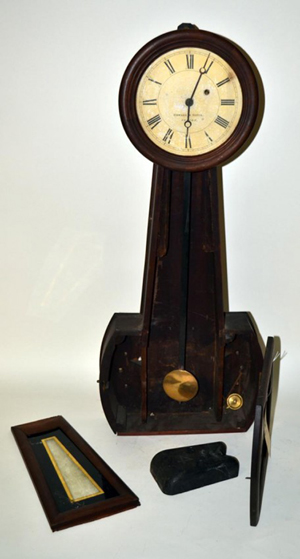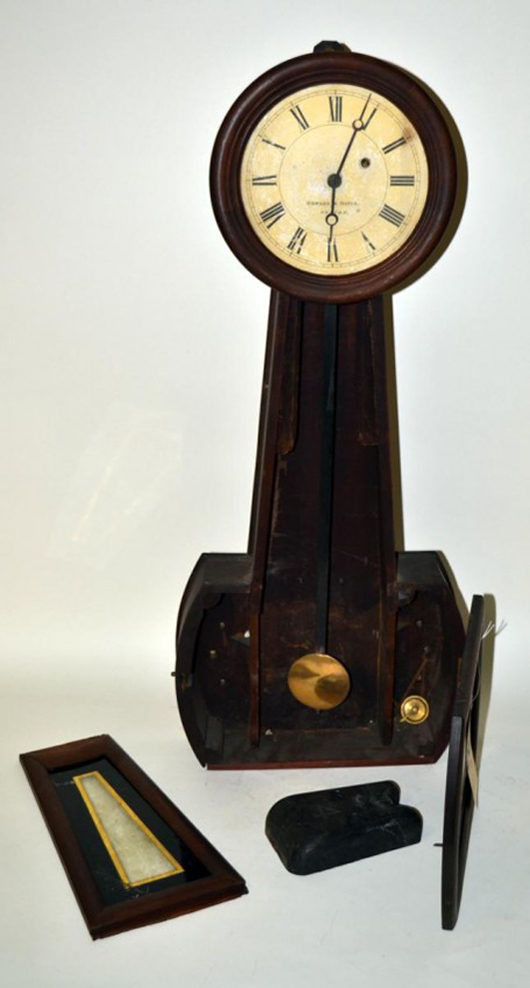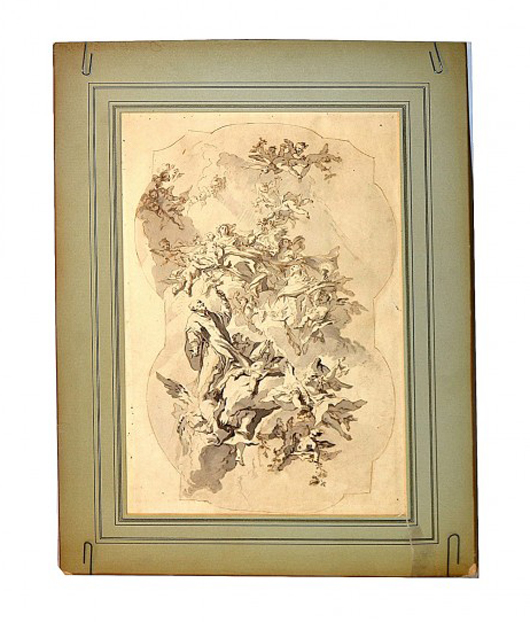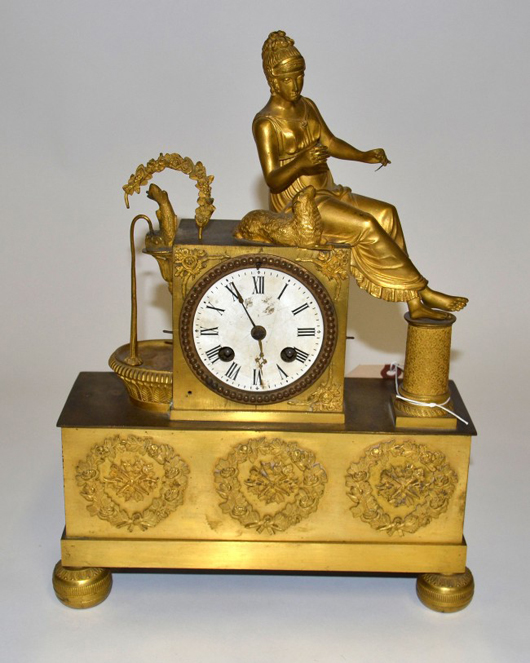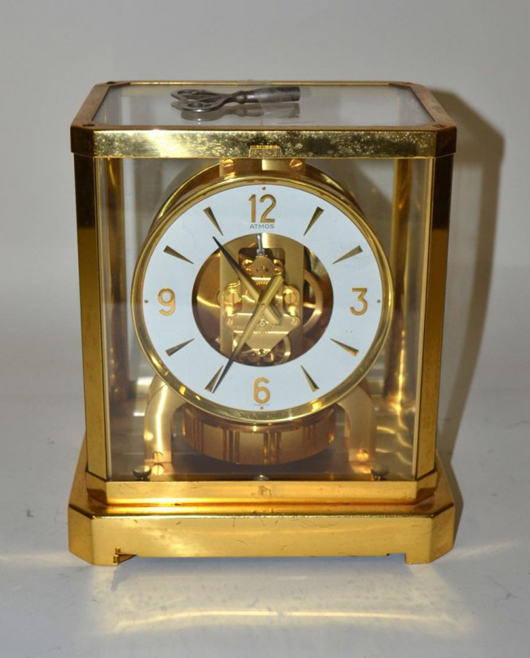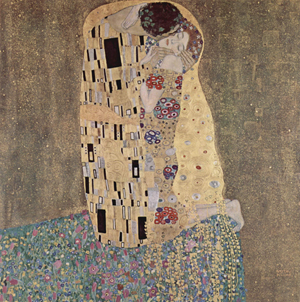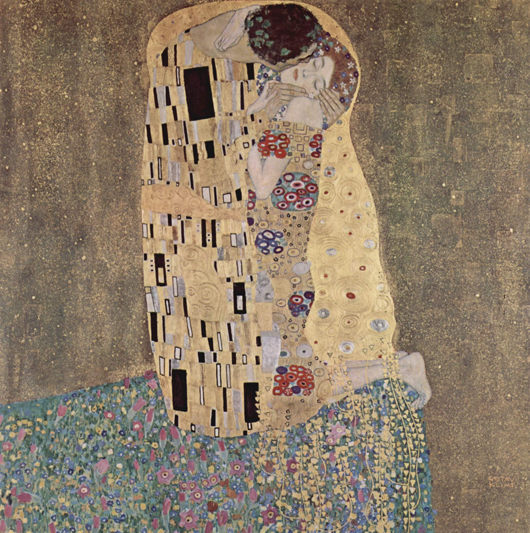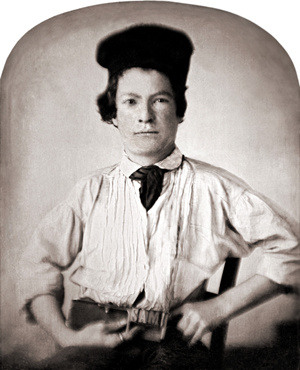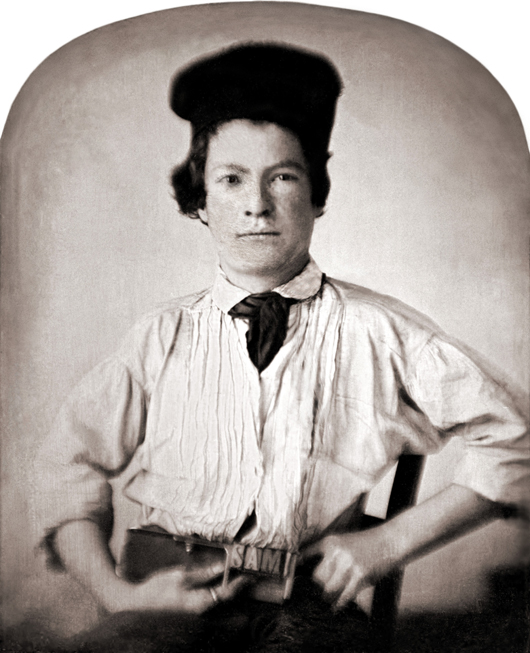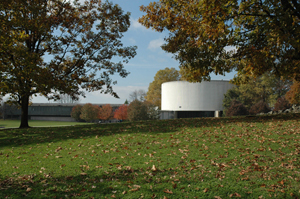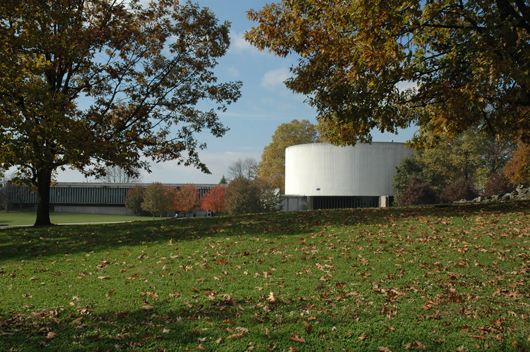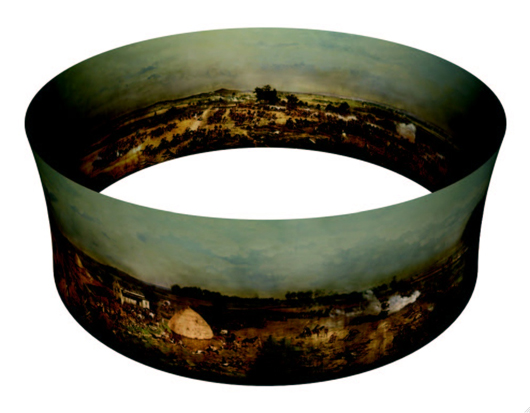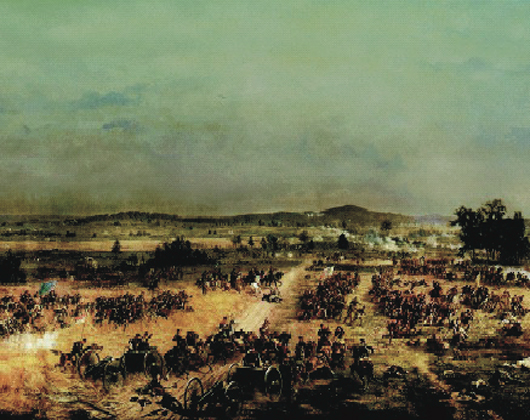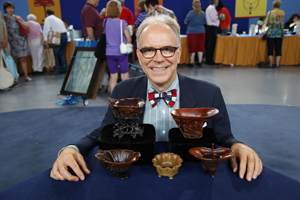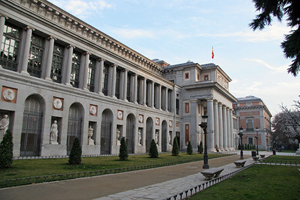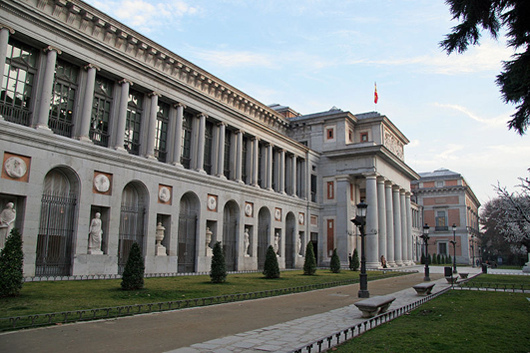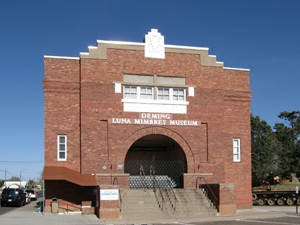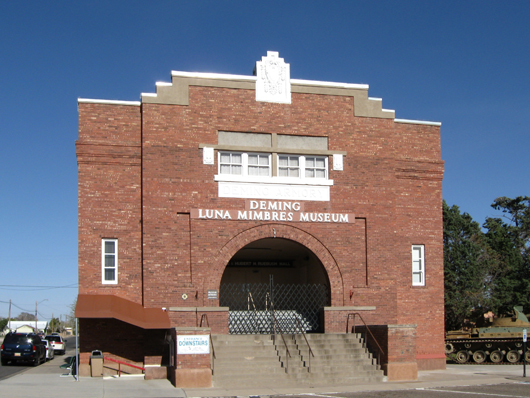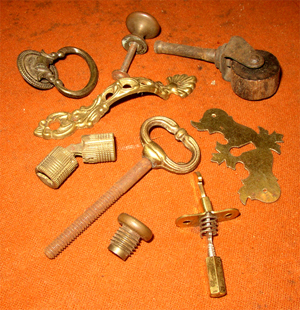
Someone recently mentioned to me that our children are our letters to the future. We prepared them, packaged them, wished them luck and opened the door. But if that’s the case then some folks sent their letters off with not enough packaging and postage. Others apparently sent them off without a good address because there are so many “letters” that seem to be just wandering out there and still others have a “return to sender” stamp on them. Some of that is just luck of the draw and some of it isn’t.
But that doesn’t have to be the case with another type of letter we get to send to the future and to our children—our antiques. And like our children we do not truly “own” the antiques. We are merely entrusted with them for a period of time even though we may actually have paid a pretty penny for them, just as we did for our offspring. In fact, also like our children, sometimes it seems more like they own us rather than the other way around. In either case it still boils down to us being responsible and how we prepare our children or how we take care of our antiques will be part of our message to the future.
PROTECTION
One of the primary services we offer to our children is one that we should offer to our antiques—protection. These artifacts from the past have somehow survived to this date, often by chance and sometimes by design, and it should become our business to make sure they continue to survive, at least on our watch.
Protection can be achieved in a number of ways. First among them is how the artifact, in my case primarily furniture, is displayed. An 18th-century chair simply cannot be left on the front porch. It deserves an inside berth. In general the area in which the furniture is to be displayed should be clean and dry and have a relatively low level of light. That doesn’t mean you have to live in the dark with the old stuff but a low light level helps maintain the original color. When you are in the room or actually using the furniture turn the light up to a level that is comfortable. But when you leave the room turn the lights down or off. The same holds true for window covering. Most pieces of antique furniture do not especially like bright sunlight or even filtered sunlight. Keep drapes closed in the display area when not in use if possible. Even thin liners can help keep out excess light if it is inconvenient to completely close the drapes.
While we are often reminded in the popular press that “change is good” most antiques, especially pieces of wooden furniture, don’t see it that way. They like things just the way they are, thank you, and if any change is to be affected it needs to be minor and gradual. Extremes of temperature and humidity can cause antique furniture items to “squirm,” to move, to expand, to contract and this movement will eventually cause damage to the piece. The general range of relative humidity that maintains a neutral condition is 40 percent to 60 percent and the rule of thumb about temperature is that if you are uncomfortable so is the furniture.
The furniture must also be protected from pests that want to use the antiques for their own purposes. Just be aware that there are no organic forms except you that are beneficial to antique furniture. That includes pets, insects, boorish guests and, I am afraid, the raw material of our original letter to the future, most children.
CARE and REPAIR
While my antiques do not require nearly the time and attention that my children demanded, they still need a little TLC on a regular basis. A well-made piece of antique furniture, in generally good condition, does not require a lot of maintenance on a regular basis but it does need some. Even the cleanest display area sometimes needs to be dusted and if the area needs cleaning so does the furniture. Remove dust with a soft cotton cloth or even with the new Swiffer wipes. They can help you keep from just transferring the dust from place to place. Be sure to use the dry version, not the wet ones. While it is tempting to use a feather duster on fragile antiques they do pose a risk. The feathers often have a tendency to snag in any loose crevices and you may accidentally pull a loose piece of veneer or remove a section of a fragile finish. Soft artist’s bristle brushes can help you get into the nooks and crannies without scraping the surrounding areas. If the area has somehow accumulated a little bit more detritus than just simple dust use a dampened cloth to remove the accumulation.
This dusting regime assumes of course that the furniture has a nice coat of paste wax over the finish. The paste wax will help keep the dust and dirt from adhering to the surface and will give the piece a nice pleasant glow. Paste wax is the primary first line of defense for antique furniture. And a little goes a long way. A thin coat of paste wax applied sparingly and allowed to dry adequately before buffing will greatly enhance your protection program and make routine care less of a chore. Do not use products that contain oil which can be a dust and dirt attractor as well as discolor the original finish.
When serious repairs to our children were required, such as the occasional stitch or sprain, the choice was clear. Get them to the doctor immediately. I was always assigned the stitch patrol duty while my wife handled the other details. But what do you do when your antique furniture needs repair? The good news is that it is not making a lot of noise or a big mess while you consider your options. The bad news is that you may not know exactly who to call. But you do have the time to do the research to find out who can make the correct repair in a reasonable time frame. In that time find a good conservator or repair tech who understands antique furniture and the appropriate repair methods. Most good dealers know the right buttons to push to reach reliable repair folks.
MOVING
Relocation was a painful process in my youth, but I never had that problem with my own children since we lived in the same house all of their youthful lives. But I was in the furniture restoration business and that meant that I had to move a lot of antique furniture and that could be as traumatic an event to the furniture as moving was to me as a child.
A few simple rules about moving go a long way toward a successful change of venue. Make sure the piece is intact before you move it and that it will survive a careful move. Then use the correct method to lift and carry the piece. Tables are lifted by the skirt, chairs by the seat rail, never the arms, case goods by the frame. Remove any loose elements like drawers, finials, marble tops and slip seats and secure the piece in the vehicle with pads, ropes and straps. Totally disregard the presence of wheels on a piece of furniture. They are not for your use in this purpose. Most important of all: Be sure to use your head in thinking through the entire moving process, step by step and location by location.
While it is true that antiques are not as much trouble—or as much fun—as children can be, they do have similarities and require similar approaches.
So how are you doing on your letter to the future?
Send your comments, questions and pictures to Fred Taylor at P.O. Box 215, Crystal River, FL 34423 or email them to him at info@furnituredetective.com.
Visit Fred’s website at www.furnituredetective.com. “His book How To Be a Furniture Detective” is available for $18.95 plus $3 shipping. Send check or money order for $21.95 to Fred Taylor, P.O. Box 215, Crystal River, FL 34423.
Fred and Gail Taylor’s DVD, “Identification of Older & Antique Furniture” ($17 + $3 S&H) is also available at the same address. For more information call 800-387-6377, fax 352-563-2916, or info@furnituredetective.com. All items are also available directly from his website.
ADDITIONAL IMAGES OF NOTE
